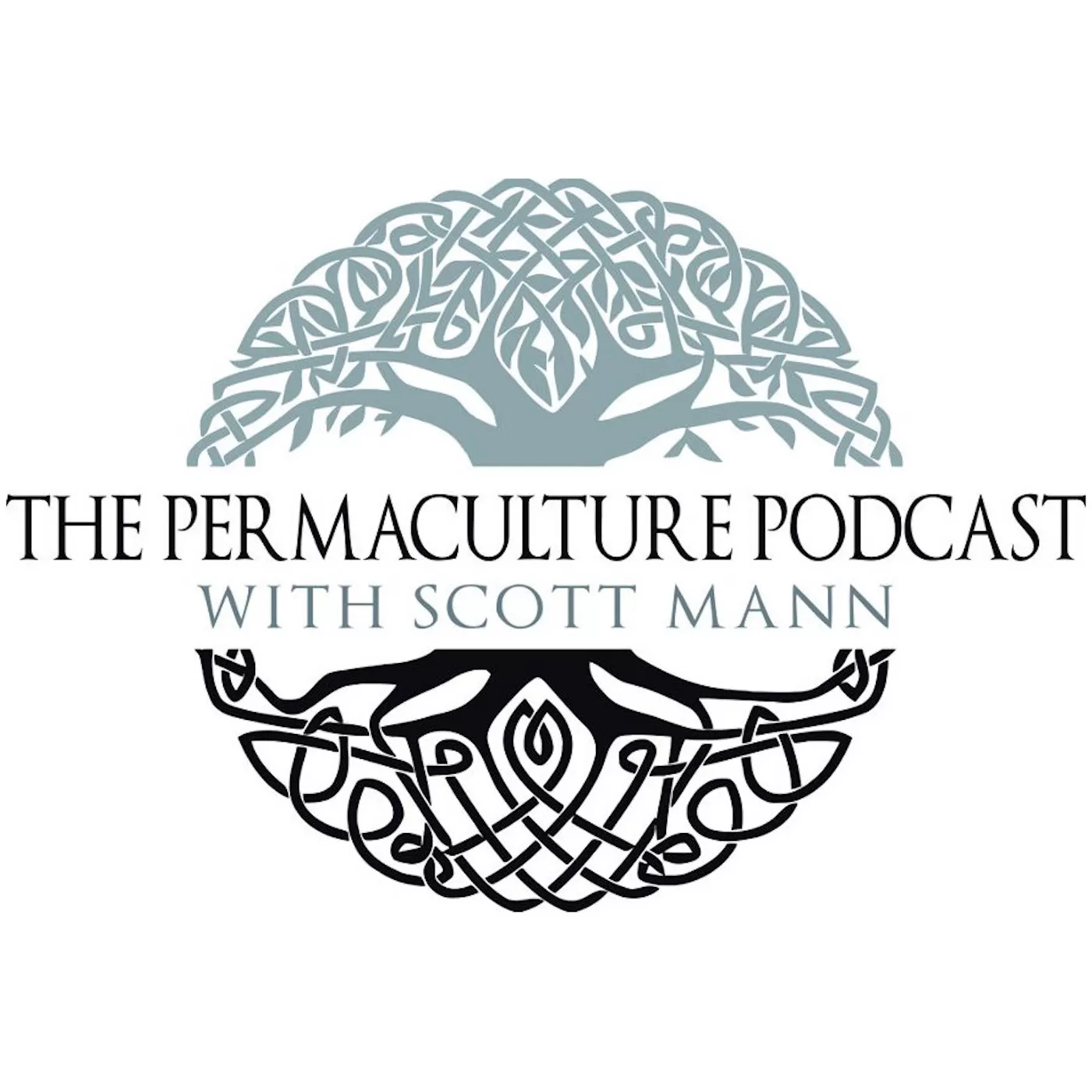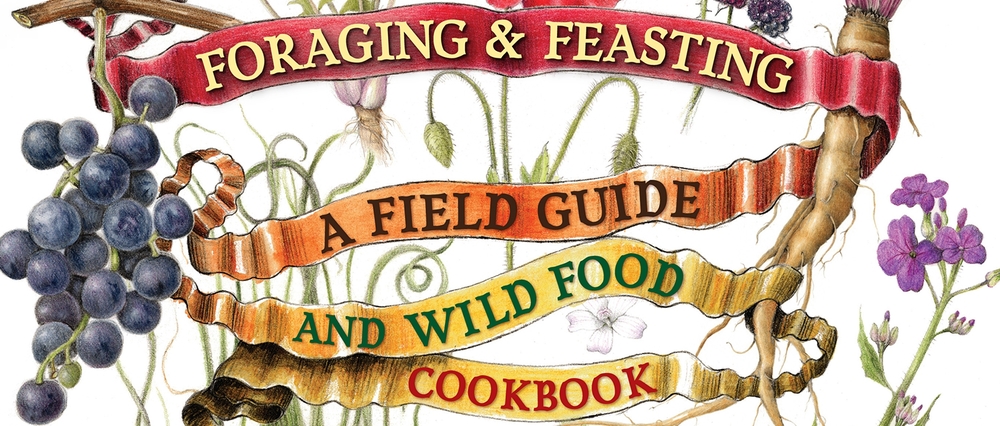My guest for this episode is Arthur Haines. He is a botanist, forager, and wild foods expert from Maine, where he teaches these ideas through his school, the Delta Institute of Natural History. You can find out more about Arthur at arthurhaines.com. Arthur is a returning guest, so if you'd like to learn more about him, and foraging, check out the first interview. I like Arthur, the work he's doing, and how he shares this information. He's steeped in not only the history and lore of wild plants and native foods, but also offers plenty of examples to go along with the conversation. To carry this discussion, we begin with a definition of what Arthur means by a wild food, and then discuss four main areas where wild foods differ from cultivated ones:
- Nutrient density.
- Phtyochemisty.
- Essential fatty acid ratio.
- Calories relative to fiber.
There is a great deal of useful information in this conversation, though I would have liked a better connection for our conversation that day. You'll hear that when you give this show a listen, but please stick with us through it as what we cover is well worth your time, ties together several previous interviews, and sets us up for a conversation I recently recorded with Dr. John Kitsteiner about permaculture, food, and our health. To add to this conversation, here are links to past interviews about foraging, tending the wild, and nutrient density. Wild Foods and Foraging with Arthur Haines Foraging with Sam Thayer Restoring Eden: Zone 4 Permaculture with Wilson Alvarez and Ben Weiss Nutrient Dense Foods with Dan Kittredge An Introduction to Nutrient Dense Farming with Mary Johnson If you enjoy this conversation, and the others related to it, please consider making a donation to the show so I can keep things going. Find out how at: www.thepermaculturepodcast.com/support. One of the points Arthur raised in this conversation that stuck with me was when I talked about the Paw Paw and he said that “The work of eating is done for us,” as aresult of plant breeding and selection. Taking a step back from that, when I look at our supermarket that space plays a similar role in taking the effort out of eating. We can buy what we want, whenever we want. I was reminded of this over the 2013 holidays my family fell back on our old eating habits, and how we are returning to our more thoughtful diet as we get out from under that crunch. In that process my daughter asked for strawberries and we were able to buy them from California, picked, pre-washed, and packaged by the pound ready for our consumption. As I cut them up to eat, I found myself thinking about the decision that went into purchasing them, and how easy it was to buy those berries and bring them home. If I want to the supermarket and restaurants mean I never have to prepare or cook food. Ever. I'm not condemning grocery stores or our ability to plug-in to the world-wide network of food, but just be more conscious of using it. I think the place to start is to get back into being intimate with our food, and to do that, start cooking a meal at home. Once a week is a start. Take it slow. Find a favored recipe from friend or family member and make that part of what you do. Then add another, and another, until your're comfortable cooking with what you have. Then try fresh foods from a farmer's market. Then add wild foods. Arthur mentioned violets, which grow here in Pennsylvania, and are one of my favorite fresh food snacks when I'm in the yard. Sure, I might not fill up on a few handfuls of them, but they give me something to munch on, as do young dandelion leaves. Both of these you can sneak into a salad and feed to your friends as new flavors and colors on their plates. Then the next time you talk to them and ask about wild foods, you can say they've already eaten some, and have a new conversation about the wonderful edibles all around us. Are you a fan of wild foods? Planning to learn about them and add them to your diet? I'd love to hear from you. E-mail: The Permaculture Podcast . You can also join in the conversation by liking the show on Facebook: facebook.com/thepermaculturepodcast or on Twitter, where I am @permaculturecst. From here, next week on January 14th, Marisha Auerbach joins me to talk about permaculture, including continuing the thread of permaculture and education. The first part of my talk with Rhamis Kent about Permaculture and Earth Care is out on January 21st, and then Eric Puro of ThePoosh.org rounds out the month and sets up for the 4 weeks of February. If you're interested in taking a permaculture design course, but haven't had the time, consider joining me for the next year long, mentored, PDC+, which begins April 1st, 2014. Email me for a copy of the course syllabus to see if you are interested, and we can arrange registering you for the class if you'd like. On the website you'll see two new menu options at the top: Show Archives and Release Schedule. The show archive is still being filled out, but you'll find the past episodes arranged in chronological order by topic, so within each topic the first episode is the oldest on that subject. It's not complete yet, as I'm cleaning up the archives and continue to add more links to the list, but it's a good place to start. The release schedule forecasts into the future when different guests, topical episodes, and reviews, will come out. Until the next time, take care of the earth, your self, and each other. Resources: Arthur Haines Delta Institute of Natural History beta-Carotene (Wiki) Dandelions (Wiki) Ox-eye Daisy (Wiki) (Episode 2014-001)


